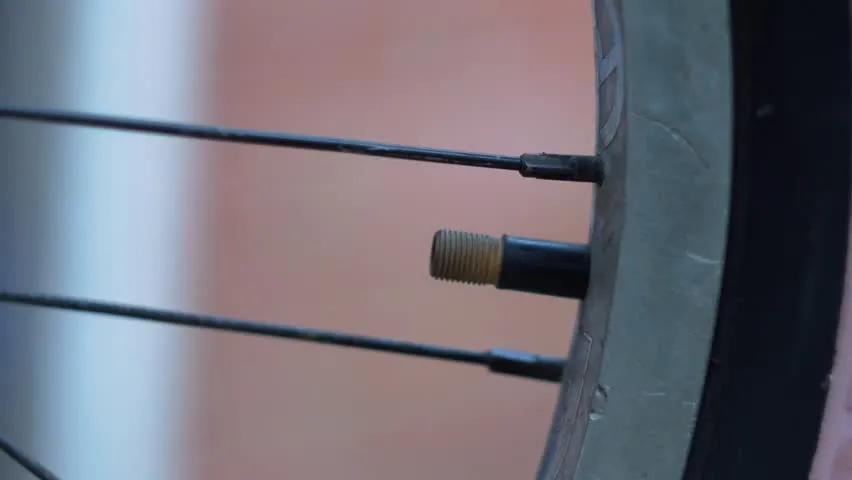Summer’s here, and while you might love the sunshine, your old windows probably aren’t doing you any favors in keeping the heat out. If you’ve noticed your energy bills skyrocketing or your home feeling like a sauna, it might be time to give those vintage panes a little TLC.
Insulating old windows doesn’t have to be a daunting task. With a few simple tweaks, you can keep your home cool and comfortable without breaking the bank. Ready to beat the heat? Let’s dive into some easy and effective ways to insulate those charming but drafty windows for the summer months.
Understanding Insulation Needs for Old Windows
Old windows often allow heat to enter, making your home less comfortable and increasing your energy bills. Insulating them is essential for maintaining a cool indoor environment.

Why Summer Insulation Is Crucial
Heat enters your home through poorly insulated windows. This can cause rooms to become unbearably warm. Proper insulation reduces this heat entry, helping maintain a cooler indoor temperature. It also lowers your cooling costs.
Challenges with Old Windows
Old windows may have gaps, single panes, or damaged seals. Gaps and single panes allow heat to penetrate easily. Damaged seals fail to block out heat. Address these issues to improve insulation and comfort.
Choosing the Right Materials
Insulating old windows for summer requires selecting appropriate materials. Here are some effective options:
Reflective Films and Their Benefits
Reflective films block solar heat. They reduce glare and protect furniture from UV damage. Application is straightforward and cost-effective. Buy films from hardware stores. Ensure proper measurements before application. Films are ideal for rooms with direct sunlight.
Using Window Inserts and Shades
Inserts add an extra layer of protection. They fit directly into window frames. Available in acrylic or glass options. Easy to install and remove. Shades, like cellular or roller, offer versatile insulation. They can be raised or lowered as needed. Choose light-colored shades to reflect heat.
The Role of Weatherstripping
Weatherstripping seals gaps and reduces air leakage. Use adhesive-backed strips for ease of installation. Suitable materials include rubber, vinyl, and foam. Apply around window sashes and frames. Regularly inspect and replace worn-out strips. Proper weatherstripping lowers energy consumption.
Step-by-Step Guide for Insulating Old Windows
Preparing the Windows
Clean your windows thoroughly. Remove any dirt, debris, or old caulking. Check for cracks or damages in frames and glass. Measure windows accurately to fit insulation materials.
Installation Techniques
Apply weatherstripping around the window frame to seal gaps. Install reflective films on the glass; they obstruct solar heat. Use window inserts for an added layer; they prevent air leakage. Reinforce seals with caulking where needed.
Additional Tips for Enhancing Insulation
Enhance window insulation for better cooling and energy savings.
The Importance of Air Sealing
Air sealing prevents drafts, improving insulation. Use caulk or foam to seal gaps around window frames. Check exterior and interior sides for any visible cracks. Effective air sealing reduces energy loss.
Using Curtains and Blinds Effectively
Curtains and blinds block heat and light. Choose thermal curtains for maximum effectiveness. Close them during peak sunlight hours. Use light-colored blinds to reflect heat. Layer curtains and blinds for added insulation.
Conclusion
« Top 4 Best Vacuums for Hardwood Floors That Won’t Scratch – You Won’t Believe 3
Transform Your Space: 15 Genius Ikea Billy Bookcase Hacks You Need to Try Now »
Insulating your old windows for summer doesn’t have to be a daunting task. By addressing gaps and damaged seals with materials like reflective films and weatherstripping, you can make a big difference. Don’t forget the power of air sealing with caulk or foam to keep those drafts at bay.
Using curtains and blinds strategically adds another layer of protection. Thermal curtains and light-colored blinds can help block and reflect heat, making your home more comfortable. Remember, small changes can lead to significant energy savings and a cooler home. Happy insulating!









